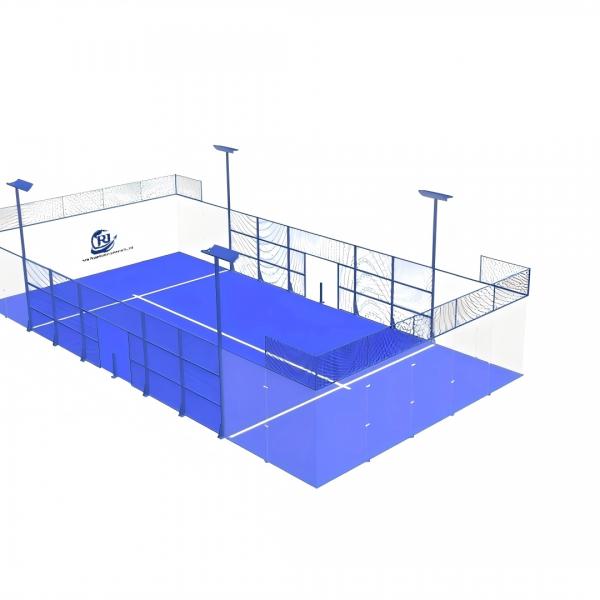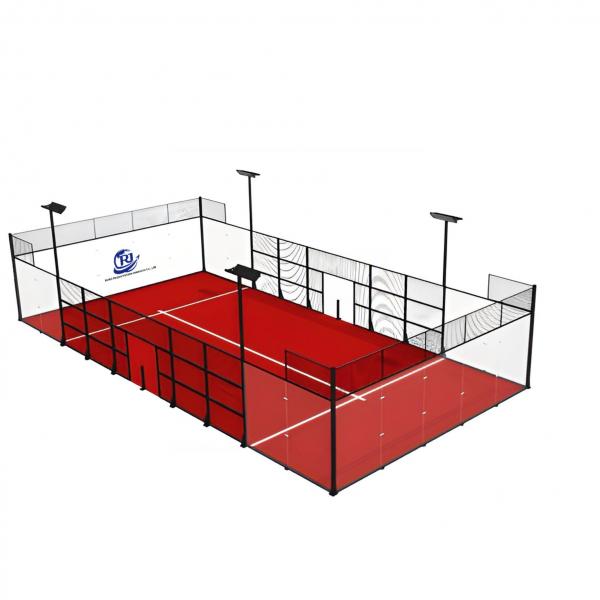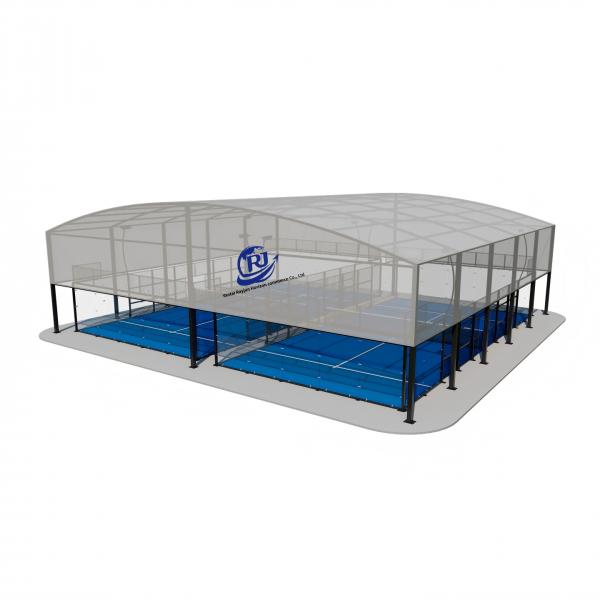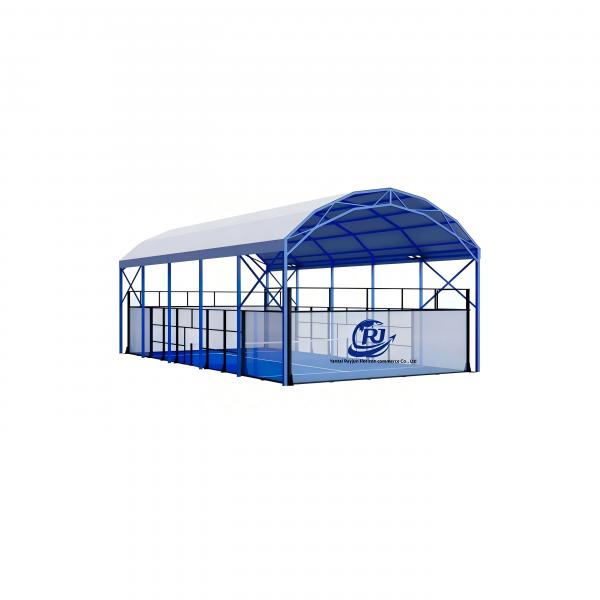1. Determine the Lighting Requirements
Before selecting LEDs, you need to understand the lighting standards for padel courts.
Illuminance Level: Padel courts generally require an average illuminance of around 300 to 500 lux for recreational play and 500 to 700 lux for competitive play. For professional competitions, higher levels may be required.
Uniformity: Lighting should be as uniform as possible across the court. The uniformity ratio (minimum lux/average lux) should typically be around 0.6 to 0.8 for an even playing surface.
Glare Control: Avoid glare that can distract or hinder players. Look for lights with low UGR (Unified Glare Rating), typically <22 for padel courts.
Color Rendering Index (CRI): A CRI of 80 or higher is recommended for clear visibility and accurate color perception.
2. Choose the Right Type of LED Fixtures
The type of fixture will affect the distribution and direction of light.
LED Floodlights: Ideal for outdoor padel courts as they provide a wide, even distribution of light. These lights should be positioned at appropriate heights and angles to ensure maximum coverage.
High-Bay LED Fixtures: Suitable for indoor padel courts where a higher mounting height is necessary.
Integrated LEDs: Some modern fixtures have integrated LED chips, providing better heat dissipation and longer lifespans.
3. Select the Right Wattage
The wattage of the LEDs affects their brightness. Generally, for a padel court:
Outdoor Courts: LED floodlights with 100W to 300W per fixture are typically used. The number of fixtures needed depends on the size of the court and the required lux levels.
Indoor Courts: Indoor courts often require higher wattage due to the confined space. Expect to use 150W to 500W LEDs, again depending on the court’s size.
4. Check for Durability and Weather Resistance (for Outdoor Courts)
Since padel courts are often outdoors, it’s crucial to choose LED lights that are resistant to the elements.
IP Rating: Look for a minimum IP65 rating to ensure the lights are resistant to dust and water.
Temperature Tolerance: Check the operating temperature range, especially for outdoor courts that will be exposed to heat, cold, and humidity. The lights should be able to perform well in a variety of weather conditions.
5. Energy Efficiency and Lifespan
Energy Efficiency: Look for high-efficiency LEDs (lumens per watt) to ensure low energy consumption. A typical good LED floodlight should produce around 100-150 lumens per watt.
Lifespan: Quality LEDs can last up to 50,000 hours or more. Make sure the product comes with a long warranty (at least 3-5 years).
6. Lighting Control and Dimming Options
Dimming: Some lighting systems offer dimming capabilities, which could be useful for energy saving during non-peak hours or when the court is not in use.
Motion Sensors: Consider using motion sensors for automatic control to ensure lights are turned on only when necessary, further reducing energy consumption.
7. Mounting and Installation Considerations
Height and Angle: LED floodlights are usually mounted at a height of 6-10 meters (20-30 feet) above the court surface. The angle at which the lights are mounted should ensure uniform distribution.
Beam Angle: A beam angle between 90° to 120° is ideal for floodlights to cover the entire area effectively.
Installation: Consider the ease of installation and maintenance. Fixtures should be adjustable and compatible with your existing infrastructure.
8. Cost vs. Quality
While it’s tempting to go for cheaper options, it’s essential to strike a balance between cost and quality. High-quality LEDs may have a higher initial investment but can save you money in the long run due to:
Longer lifespan
Lower energy consumption
Reduced maintenance costs
9. Compliance with Standards
Make sure the lights you choose comply with the relevant international lighting standards for sports facilities. Some organizations, like the International Padel Federation (FIP), may have specific lighting standards for competitive padel courts.
Final Thoughts
Good lighting enhances not only the gameplay experience but also the safety of players and the overall aesthetics of the court. By focusing on the factors above—lux levels, uniformity, energy efficiency, and durability—you’ll be able to make an informed decision and ensure that your padel court is well-lit and energy-efficient.








